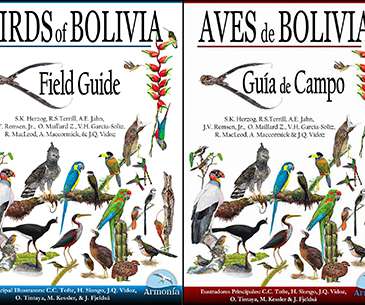Thought To Be Extinct For 100 Years
10,000 Birds
SEPTEMBER 11, 2014
Some remained stored for decades before a researcher would pick them up and inquired about these poorly documented specimens. A Guan was collected in 1876 in a mangrove forest near the border between Peru and Ecuador. In order to raise our awareness, to remind us of what we have lost, and to inspire us to fight for Every.












Let's personalize your content